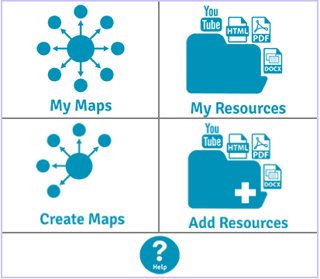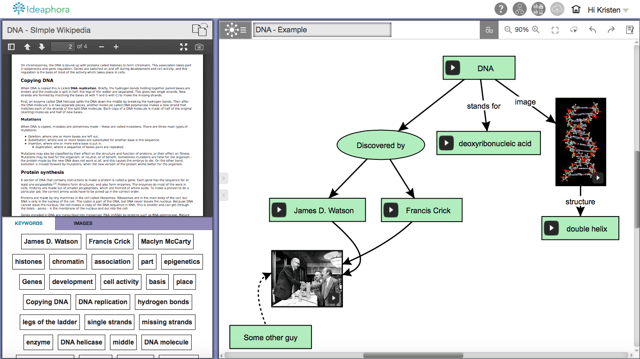ESSA promises to help strengthen our schools and provide every student with a world-class education that prepares them for college and future careers in the digital age–primarily through greater local control and less punitive federal oversight. The ESSA bill received broad support from Republicans and Democrats in Congress as well as from education organizations, including NEA, AFT and iNACOL. The American Library Association applauded the bill for its provisions for school library programs, signifying the critical role school librarians play in education in a globally connected world. Additionally, the bill drew an endorsement from the Alliance for Excellent Education for its funding support for the effective use of technology to enrich classroom instruction and personalize learning and for its reinforcement of college and career-ready standards. The new law will help aid the growth and effectiveness of digial learning in U.S. schools and districts as a key part of the overall effort to improve student performance and close the achievement gap.
Ideaphora helps support school, district and state digital learning initiatives by maximizing the value of digital textbooks, open education resources and other online materials and increasing student engagement with the content. The Ideaphora web-based knowledge-mapping environment is designed to help students identify and connect key concepts from various digital content sources and synthesize the information into lasting, personalized knowledge. This process enables students to gain a deeper understanding of the curriculum and develop higher order thinking skills.
Ideaphora offers three unique features that create an effective learning environment:
- Import various resources from anywhere. Students can draw connections from among many resources, such as PDFs, videos, webpages, and ebooks, that they find online or on their computer to build their knowledge maps, all in one platform. Ideaphora's technology analyzes the imported content for key concepts to present as keywords to students to use in their maps. Analyzing information from multiple sources affords students the opportunity to strengthen their information and digital literacy skills as well as deepen their learning of the material.

- Side-by-side presentation. Students can build knowledge maps right alongside the content for easy drag-and-drop convenience to minimize disruptions to the thinking and learning process and to save time.

- "Playback" nodes. When students drag a keyword from a particular point in the resource to their map, a new node is created with a "playback" button. Students can click on the "playback" button to be taken back to the exact point in the material where the keyword was derived. For example, in the map below, the Abraham Lincoln node with image in the map refers back to where the keyword "Abraham Lincoln" appeared in the resource the student is using to study or for research, in this case, a YouTube video. The technology works the same for text sources, helping students return to the exact place on the page in which the learner read the keyword and used it in their map. This feature enables easier studying and supports greater recall.

To ensure every student succeeds today and into the future, schools must provide effective digital learning opportunities. Through Ideaphora, educators can enable students to explore and engage with digital content in ways that instill the knowledge and skills they need for success. As the new law takes effect, we are excited for the next stage in the evolution of education. Consider joining us in the journey. Try Ideaphora out for yourself by participating in our beta, or test it with your students in a pilot program. Contact us for more information.

